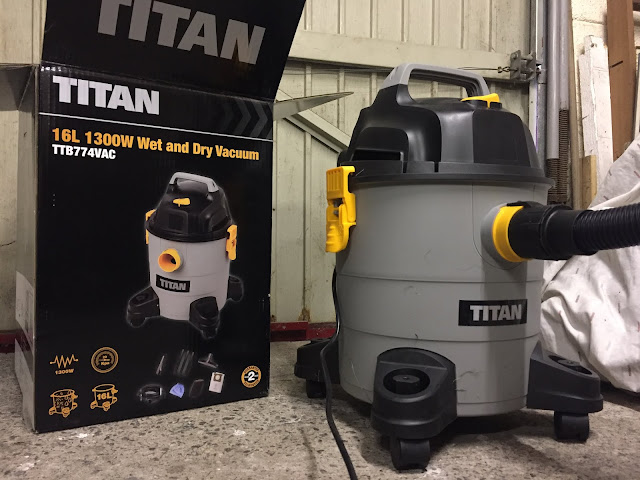Stripped down the rear drums, then bagged and tagged the components:
As I began to blast the scabby backing plates I noticed that something was amiss - the spring clips for the star adjusters were damaged and on one of them pretty much absent:
I was able to drive out the damage remnants out of the slot using a flat-head screwdriver:
Aftermarket replacement spring clips are available, but I feel they are expensive for what they are (effectively a thin slip of steel with simple dimple pressings). Although perfectly functional, the repros are not an accurate copy of the original clips (not that this matters in the slightest, especially as the clips are hidden from view). So, more than saving a few pennies or obsessing over insignificant details, I saw this as an opportunity to do something I particularly enjoy; metal fabrication. As a fun excerise I wanted to create something with basic hand tools, but with the aim of having it look identical to the original item.
Trimmed and marked up some 22 gauge (0.75mm) steel:
Turned the piece around and repeated the process to complete the desired indentation:
I then cut the piece into strips 10mm wide:
To add the crucial pressings on the ends I needed to make a press tool. The simplest way I could think of was to round off the tip of an old nail that had the right diameter:
Matching it up against the remnant of the original showed that it was pretty much dead on:
I then opened the jaws of my bench mounted vice to the corresponding width of the nail, plus a small amount extra. I held the 'blank' steel piece in place using a welding magnet over the gap for the first initial taps:
After a few firm (yet gentle) blows with the hammer on top of the nail, I was able to work the indentation until it was at the required depth and then carefully planished over the curling ends to flatten them back out:









































